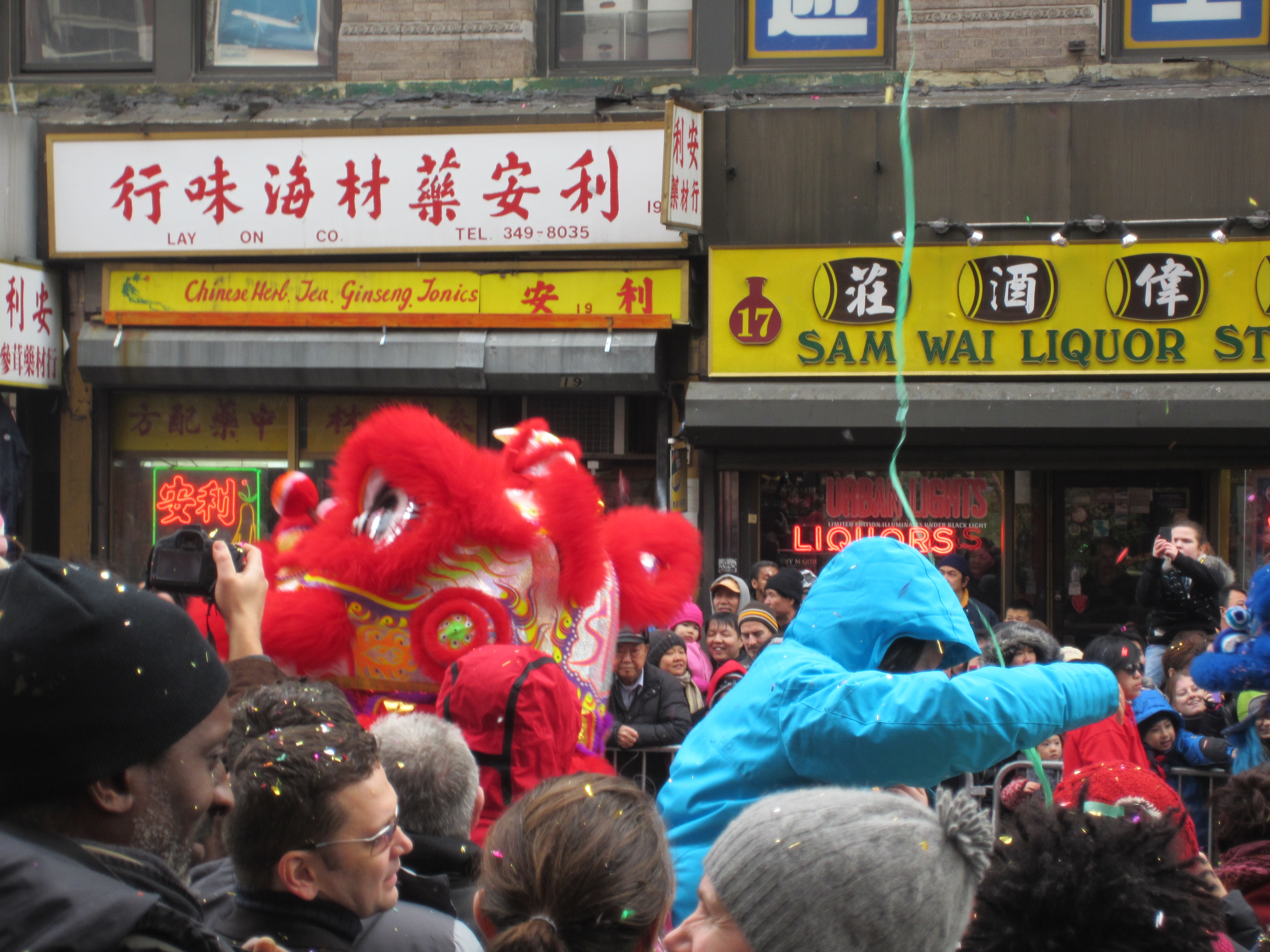When I first discovered New York, it was a city of districts: the Diamond District on 47th Street, the Garment District in the West 30s, even a Lighting District on Bowery and something of a Porn District around Times Square. There were exciting pockets of Manhattan where beautiful things could spring up — an avant garde theater on Ludlow Street, say — and places like Canal Street where you could find incomprehensible sheets of plastic or weird electronics for sale. New York felt like a place that you could do or get or see anything. The New York I left behind is a much more homogenized city, where every Manhattan neighborhood has a Starbucks and a Banana Republic and $3,000+ 1-bedrooms.
But not Chinatown. In New York Magazine, Nick Tabor has written a piece about how Chinatown has stayed Chinatown (and got a quote from the fabulous Christina Seid, owner of the Chinatown Ice Cream Factory). The reasons are complex, and there’s no single factor that has kept Chinatown an island of funky distinctiveness in a city that feels more and more alike wherever you go.
The Chinatown story — and there’s probably a similar story to be written about Manhattan’s Korea Town — is a reminder that gentrification, homogenization, and the pricing out of immigrants and young creatives is not an inevitability. It doesn’t have to be the way it is, and there is no ironclad law of capitalism or free markets that says otherwise.
Chinatown was one of my favorite parts of New York City. It felt alive and vibrant and strange. It has retained its capacity to surprise. Is there a way that the Chinatown model of local ownership and control can make other parts of New York — or other parts of America — as interesting?

